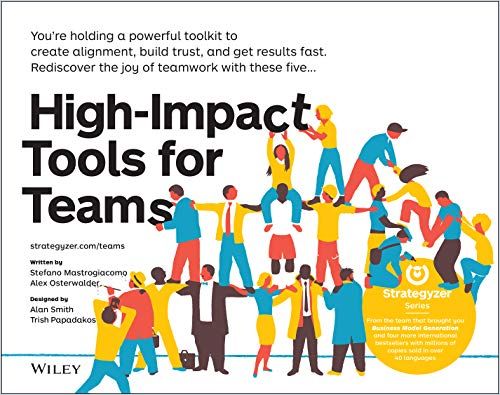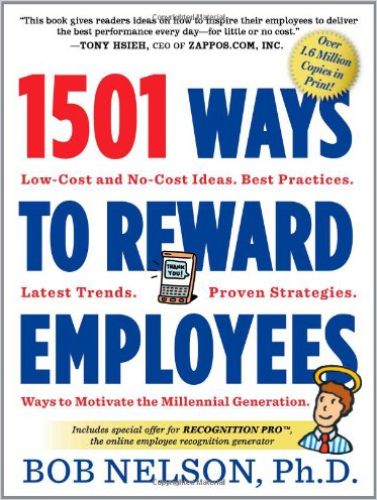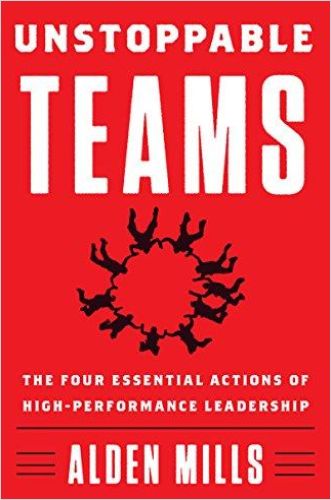Collaborate to Motivate
Coordinating teams to focus on a goal follows the same general processes that setting and executing personal goals follow:
- Aim high.
- Set measurable goals with intermittent milestones.
- Focus on consistently achieving the small steps it takes to accomplish something big.
Big goals inspire, but accomplishing the daily progress toward goal completion sustains your motivation to keep going. When motivating others and focusing on a team goal, keep these tips in mind:
First, motivate yourself
Motivation has more to do with regular habits than with waiting for a moment of inspiration. Your motivation will grow steadily as you complete the tasks you give yourself and look back on what you’ve achieved.
Enthusiasm Is Contagious
You may be tempted to impose control over your team members but to properly motivate others you need to:
- Lead by example.
- Be mindful of their feelings and aspirations.
- Set up a good support system and clear processes.
- Give them room to learn by doing.
Too often, project managers are subject matter experts but lack the soft skills necessary to manage team creativity and positive relationships between colleagues. The authors of High-Impact Tools for Teams emphasize that effective teams work in cultures of open communication, trust and psychological safety.

They advise you to start with a “Team Alignment Map” that spells out team goals, assigns team members particular responsibilities and identifies resources for and potential obstacles to accomplishing tasks. It’s a tool for teams to begin and remain on the same page as they move forward.
A mission is the starting point of any collaboration, the glue that brings everyone together.
Stefano Mastrogiacomo, Alex Osterwalder, Alan Smith and Trish Papadakos
Reward the Right Things
Rewards can be intrinsic, like connecting employees to work in ways they find personally meaningful, or extrinsic, like a bonus for hitting specific targets. Ideally, you want a mix of both. Don’t reward people for fulfilling basic responsibilities, like coming to work on time.

Give your employees measurable goals, ideally with their input, but also give them the autonomy to decide how to achieve them. Praise incremental successes when they occur. Show an interest in employee motivations. Understanding what is meaningful to your employees can help motivate them in ways that feed their sense of purpose.
A positive attitude, the certainty that the goal you’re pursuing can be achieved – even when the work is a grind – helps when motivation flags, and it’s contagious.
Find out more about inspiring through leadership:






















